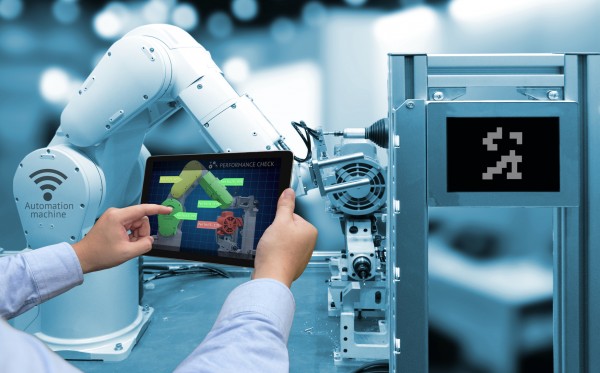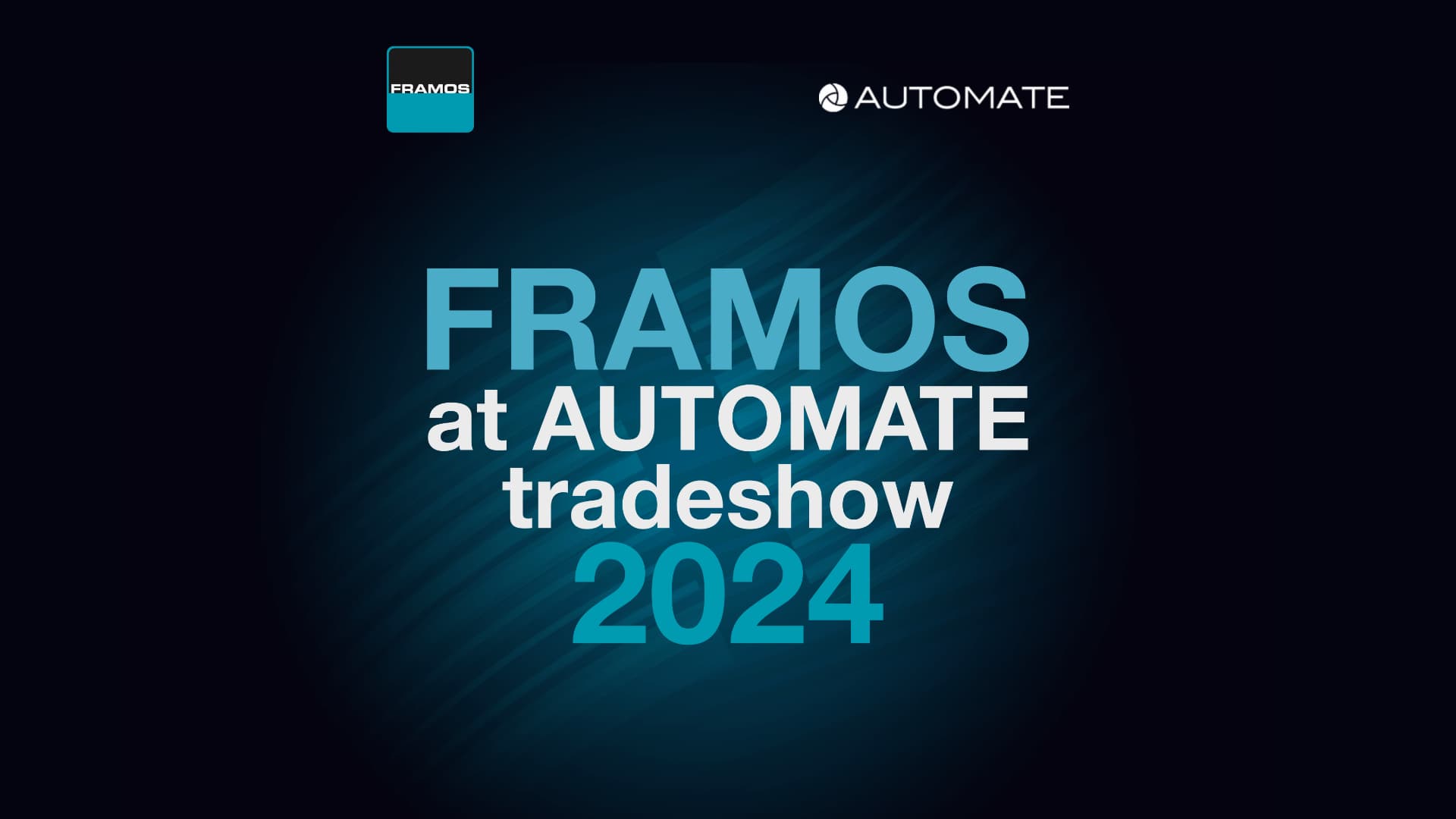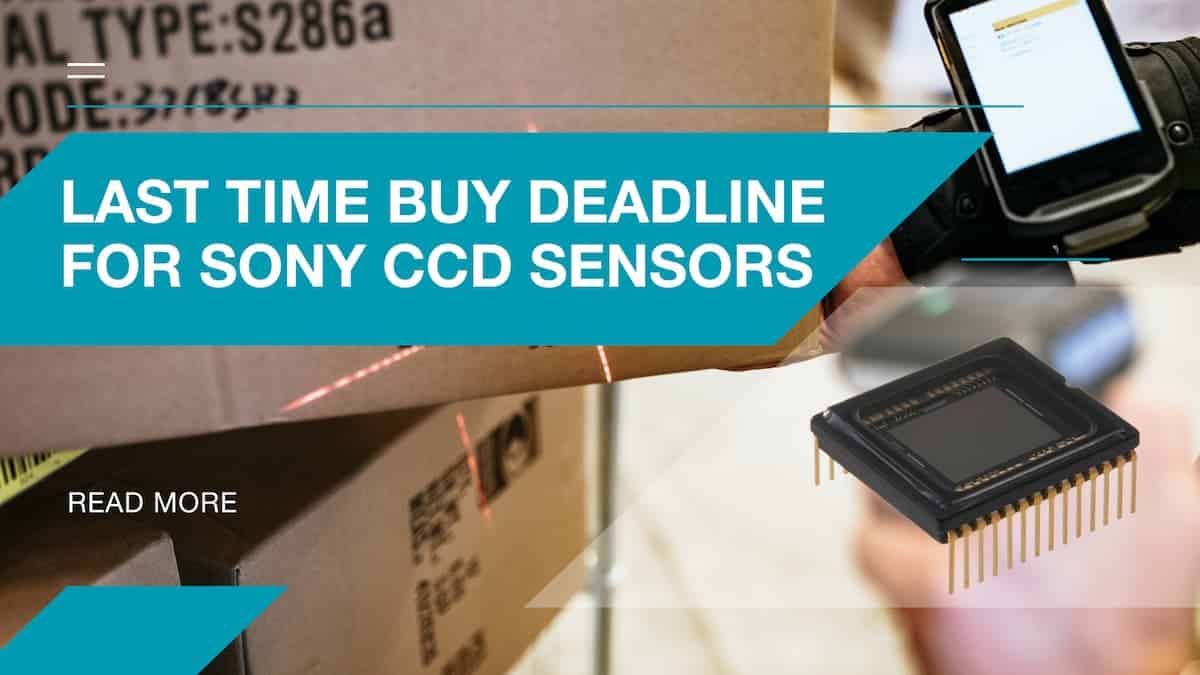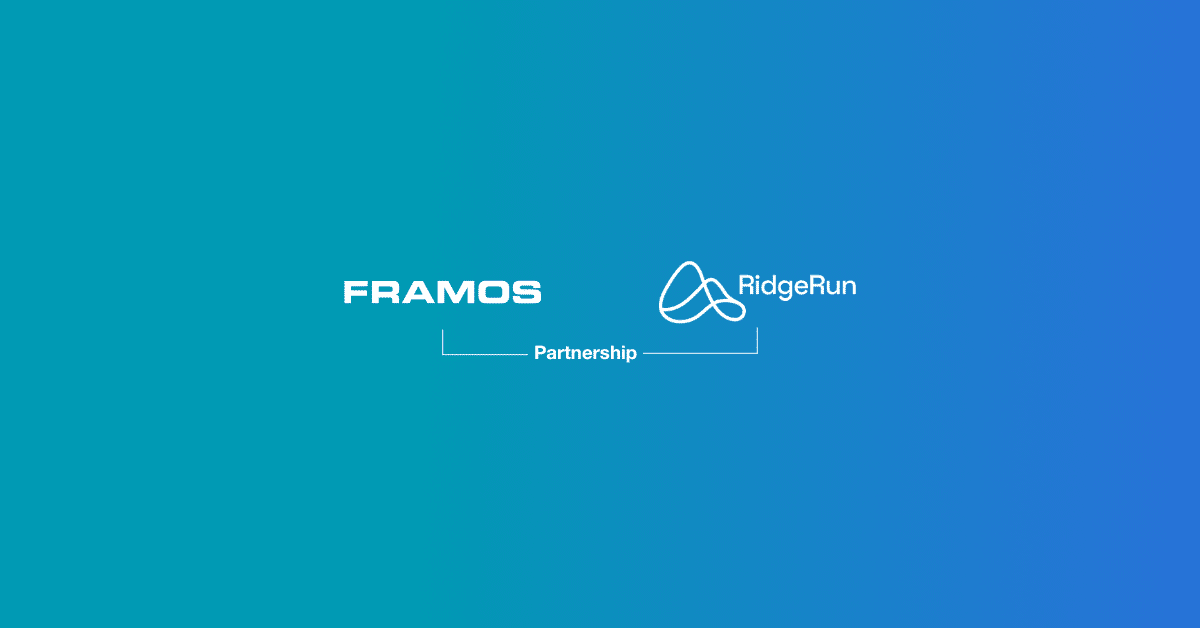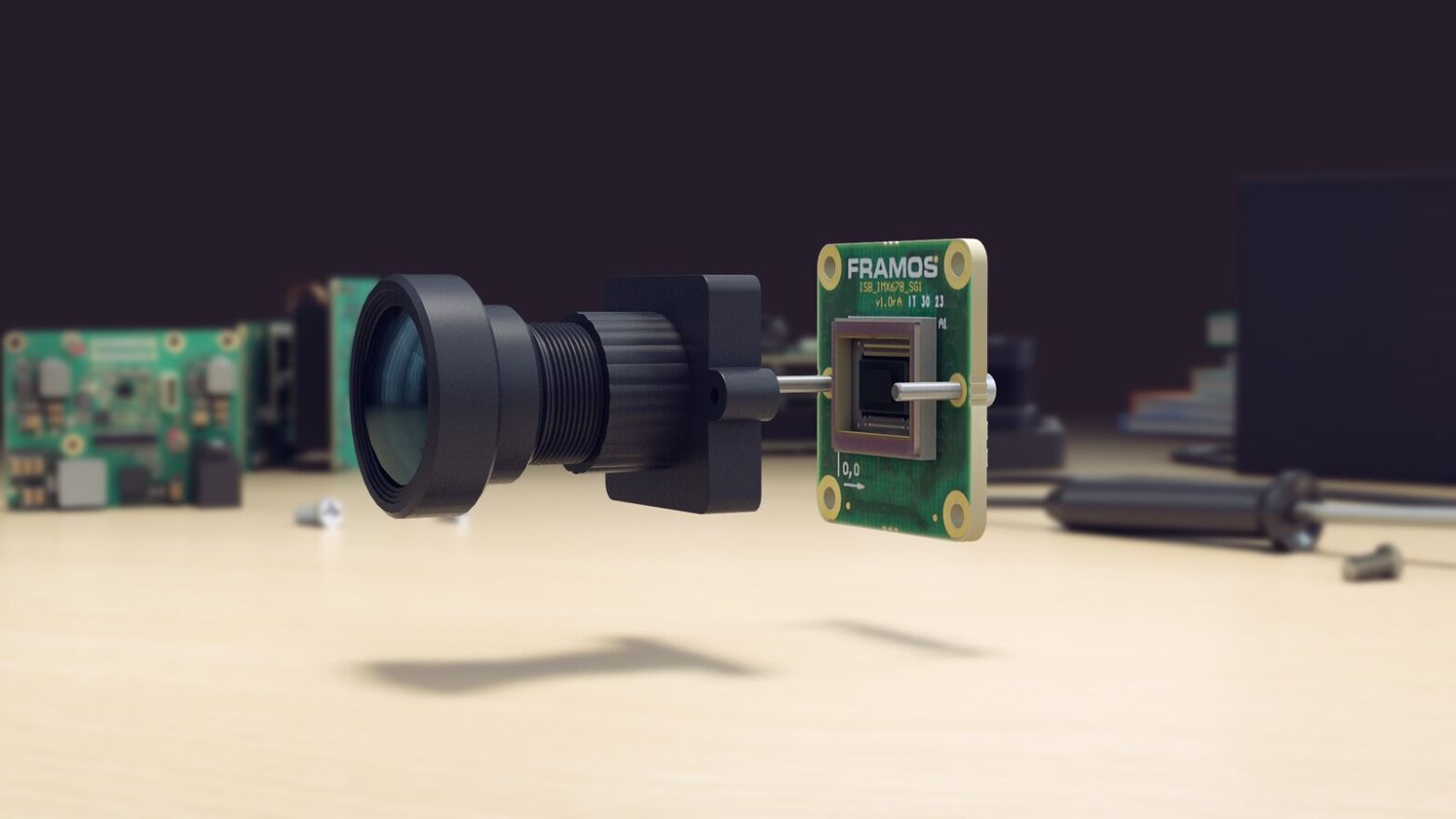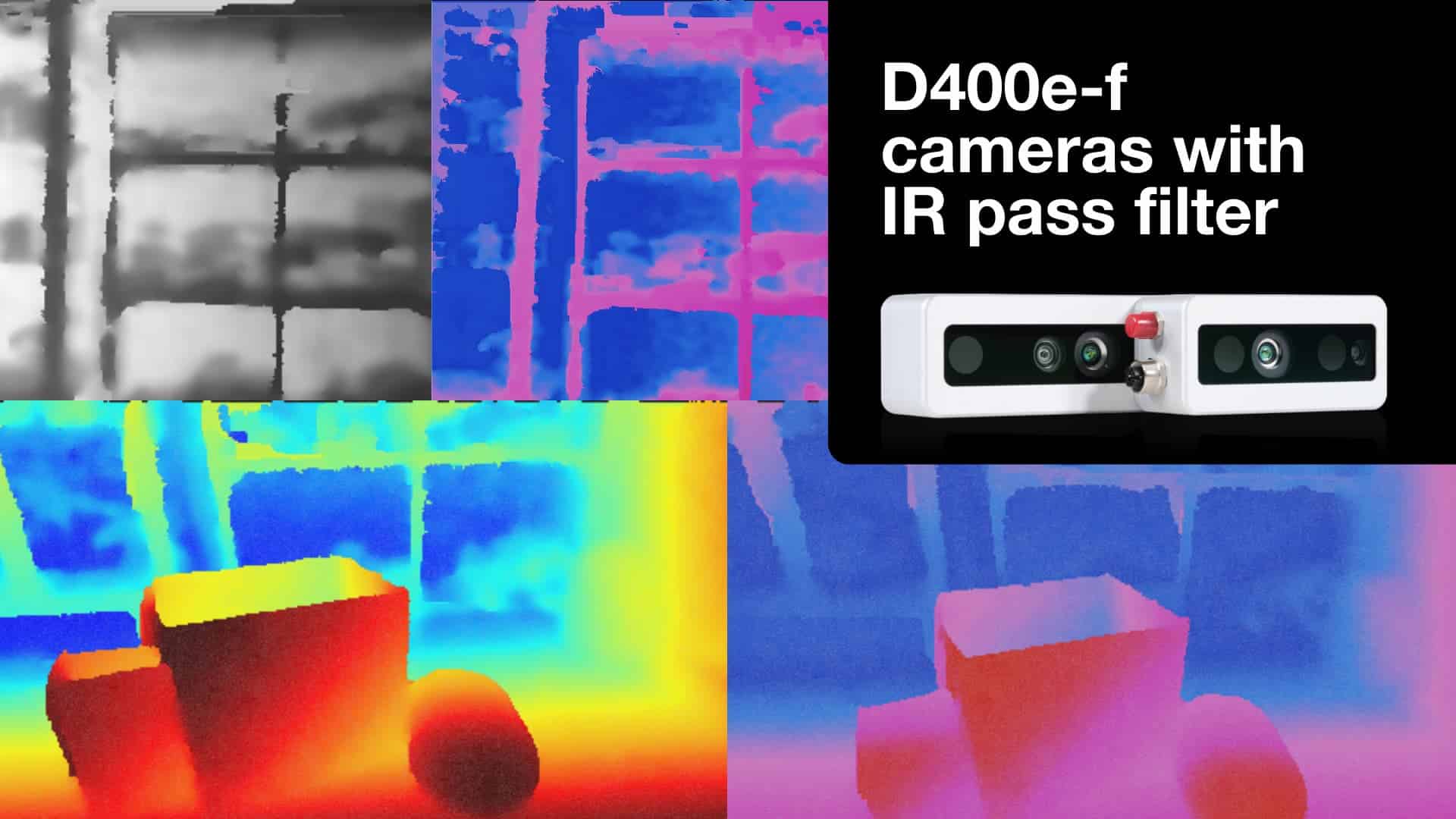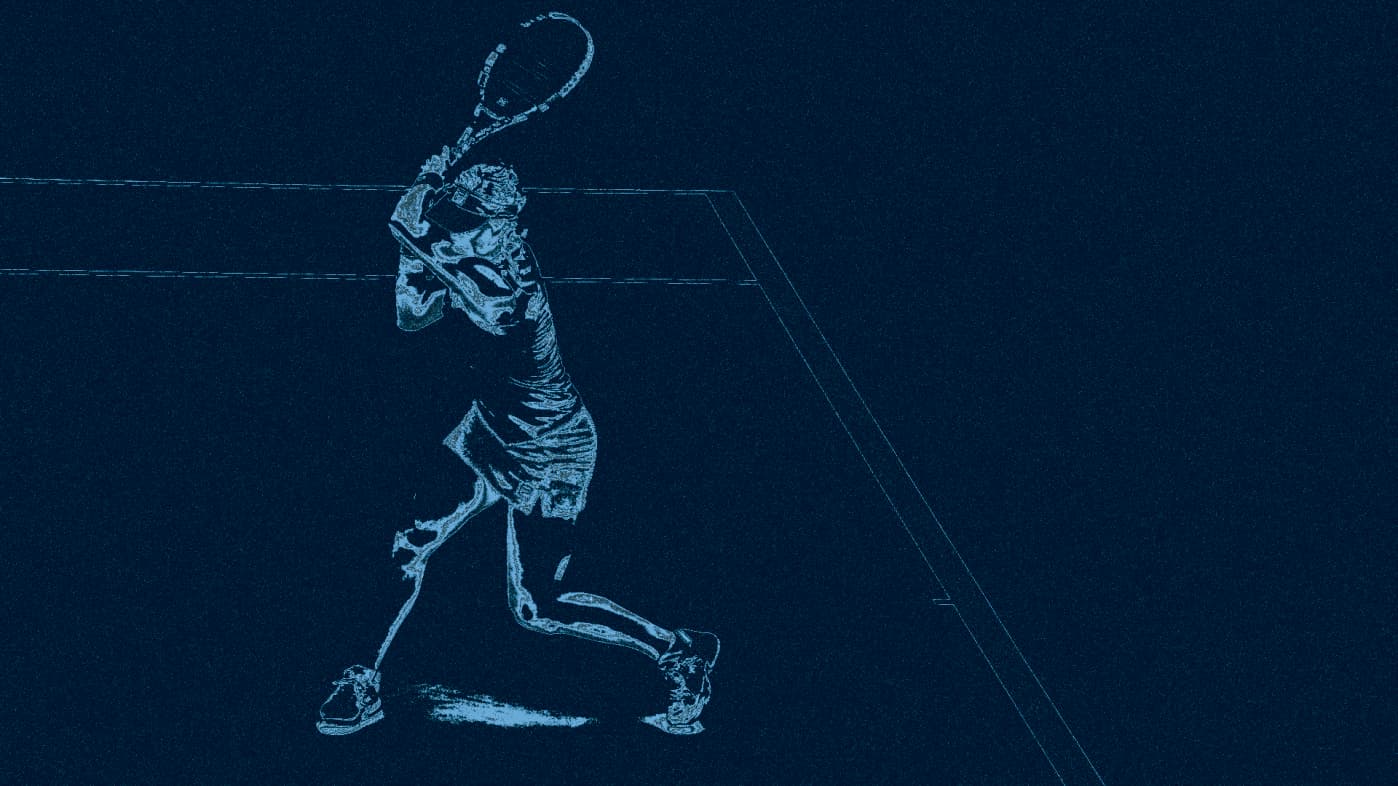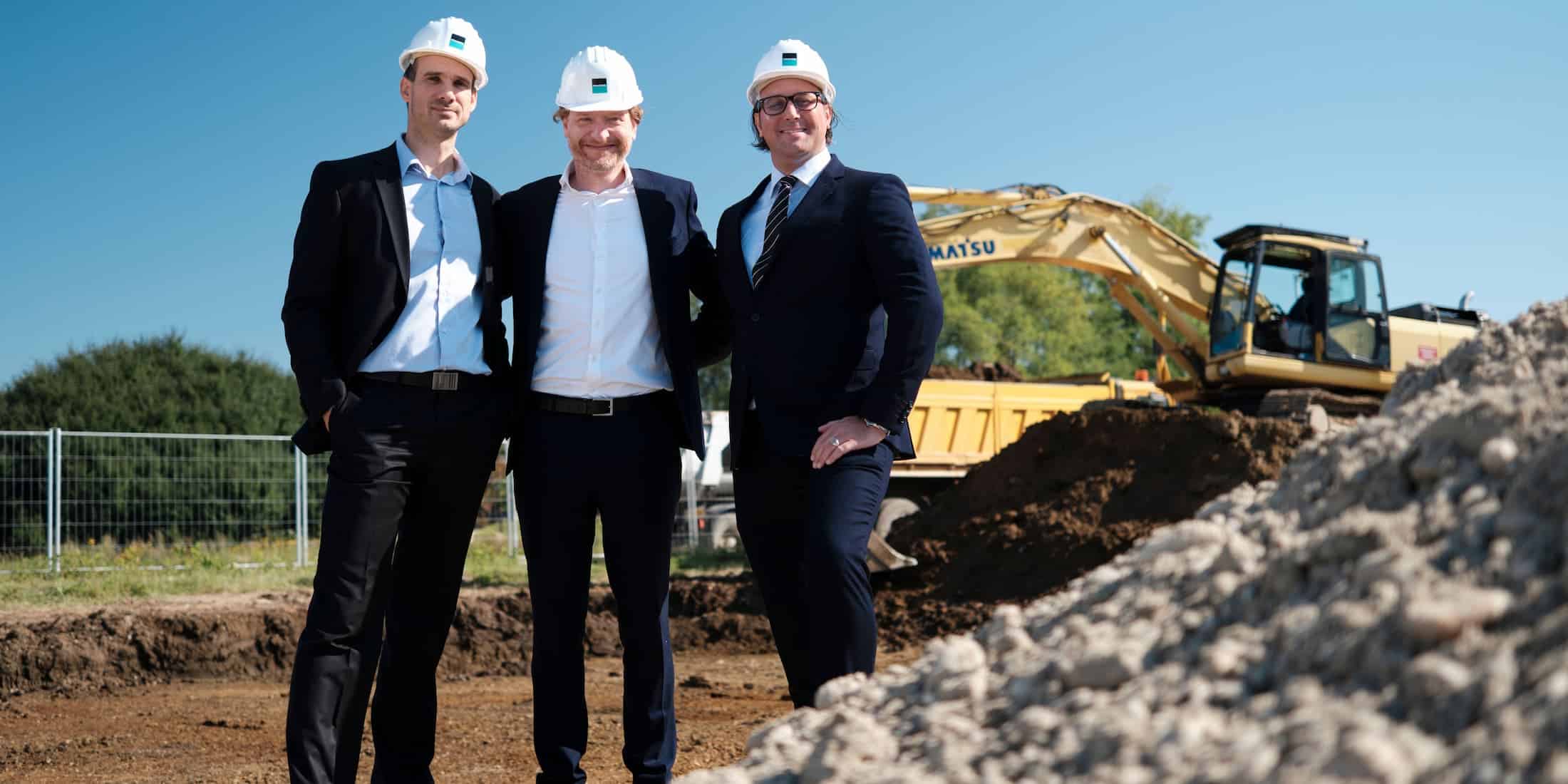How Image Processing and Artifficial Intelligence Automate Complex Sorting Proccesses
The volume of B2C and B2B goods has been growing for years, pushing the limits of equipment and traditional technologies in all industries. Above all, the sorting of diverse objects squanders manual resources; is time-consuming; is prone to error; and, is very costly. Image processing, coupled with artificial intelligence, helps to automate complex sorting processes directly on the conveyor belt.
The data acquired by image processing makes machine learning possible as the next evolutionary step in the automation of industrial sorting processes. Cognitive learning processes based on large volumes of data allow “visual” machines to acquire learned behavior. For example, these machines can discriminate whether a specific object is damaged; how it must be classified and sorted; and, if it is properly sealed. This learned artificial intelligence enables “visual and learning machines” to fully control logistics processes, automatically.
One of the major challenges facing intralogistics providers is the sorting of packages to ensure that they are processed, correctly. This problem affects a wide variety of products, e-commerce retailers, shipping and courier companies. Accurate machine sorting with conventional technology is extremely difficult due to the wide variety of packaging types and sizes. In addition, the extensive range of packaging materials and the fact that the parcels are stacked or heaped on the conveyor belt cause other problems. Often, when large volumes of goods need to be sorted, manual processes are still widely used, resulting in considerable costs, and slow and error-prone sorting procedures.
Fully Automated Sorting with Machine Learning
 Machine learning facilitates automated sorting. This method provides machine self-learning abilities with a learning algorithm. The computer initially receives a large amount of image data; for example, tens of thousands of images of objects stacked on a conveyor belt. These images represent chaos to the computer, so the image data is initially classified by a human. The algorithm is informed, “This is a parcel,” and then it is able to sort the objects into categories based on their individual features. This classification process is determined with a neural network. The neural network represents a multi-stage, computationally intensive process, that separates the data over several phases by which to classify it. The algorithm intelligently identifies repetitive image patterns and the information gained from previous classifications. It also determines which features exist in each classification. In this “parcel” example, the machine learns the parameters that identify an object as a parcel. This process enables the algorithm to classify individual objects independently in the future.
Machine learning facilitates automated sorting. This method provides machine self-learning abilities with a learning algorithm. The computer initially receives a large amount of image data; for example, tens of thousands of images of objects stacked on a conveyor belt. These images represent chaos to the computer, so the image data is initially classified by a human. The algorithm is informed, “This is a parcel,” and then it is able to sort the objects into categories based on their individual features. This classification process is determined with a neural network. The neural network represents a multi-stage, computationally intensive process, that separates the data over several phases by which to classify it. The algorithm intelligently identifies repetitive image patterns and the information gained from previous classifications. It also determines which features exist in each classification. In this “parcel” example, the machine learns the parameters that identify an object as a parcel. This process enables the algorithm to classify individual objects independently in the future.
Machine learning is used where imaging or tactile sensors have reached the limits of their capability, like the sorting of widely diverse objects. Three-dimensional scanners cannot adequately identify the shape of widely diverse objects, and only operate at low speeds. A connected system with a robotic picker, for example, would result in potentially inaccurate sorting; the incorrect routing of parcels; system failures; waiting times; and, time-consuming manual follow-up work. Conversely, systems based on machine learning can accurately identify the objects and their shape with a classification scheme that they have learned, and the robot can carry out the sorting process at high speed, without manual intervention.
The data is recorded by a camera system and analyzed by a local computer. The algorithm interprets the image, and determines whether it recognizes, and can apply, any of the patterns it has learned. Then, it can automatically control the sorting procedure and issue commands to downstream phases of the process. Concurrently, the algorithm is learning from each new image and fine-tuning its assessment criteria. Image processing that is enhanced by artificial intelligence can create a fully integrated and automated Smart Factory solution with machine learning; this solution is ideal for companies that have large volumes of goods and complex sorting processes.
Machine Learning as a Strategic and Competitive Advantage
 Data that has been recorded for the first time, can be used to completely analyze all sorting cycles and their downstream process steps, based on the single piece flow standard. This is the standard to which companies in many other industries aspire. Real-time decisions in automated sorting processes are made continuously based on unpredictable events and constantly changing criteria. In this way, time consuming preliminary sorting and classification can be avoided. Image processing algorithms with machine learning functions enable systems to make accurate and valid decisions, independently. This advancement brings us within sight of the goal of fault-free logistics systems, and improves error prevention. Dashboards can be created on the basis of this complete data set, which can answer a number of analytical questions to help process managers. The large quantities of data processed by intelligent algorithms allow more reliable forecasts to be produced, and make it possible to identify the options available for strategic planning. The systems optimized by networking sensor technology and databases generate a simplified workflow, lower resource consumption, and lead to reduced handling costs. The throughput time of the objects and the subsequent processing become faster and less prone to errors, thereby improving process quality.
Data that has been recorded for the first time, can be used to completely analyze all sorting cycles and their downstream process steps, based on the single piece flow standard. This is the standard to which companies in many other industries aspire. Real-time decisions in automated sorting processes are made continuously based on unpredictable events and constantly changing criteria. In this way, time consuming preliminary sorting and classification can be avoided. Image processing algorithms with machine learning functions enable systems to make accurate and valid decisions, independently. This advancement brings us within sight of the goal of fault-free logistics systems, and improves error prevention. Dashboards can be created on the basis of this complete data set, which can answer a number of analytical questions to help process managers. The large quantities of data processed by intelligent algorithms allow more reliable forecasts to be produced, and make it possible to identify the options available for strategic planning. The systems optimized by networking sensor technology and databases generate a simplified workflow, lower resource consumption, and lead to reduced handling costs. The throughput time of the objects and the subsequent processing become faster and less prone to errors, thereby improving process quality.
Machine learning enables image processing systems to make an intelligent contribution to the product value chain and represents a strategic advantage. The collection and evaluation of large quantities of image data allow machines to function reliably and autonomously. In addition, this performance enhancement makes it possible for automation systems and the Smart Factory to provide additional financial benefits. Advantageously, processing connections can be made, and insights can be gained that were not noticed in the past. Simply stated, image processing is no longer an “inspection procedure”; now, it can be used to improve production processes, and this new advisory and strategic role will allow development to its full potential. Embedded and networked image processing systems will reduce business risks in variable and highly flexible environments. The visual data related to system performance, process interactions, and output quality that is processed intelligently, forms a viable foundation for analytical decisions. Intelligent image processing, as a result, can lead to process improvements, increased cost-effectiveness and profitable growth. These benefits, in turn, give organizations a competitive advantage.

